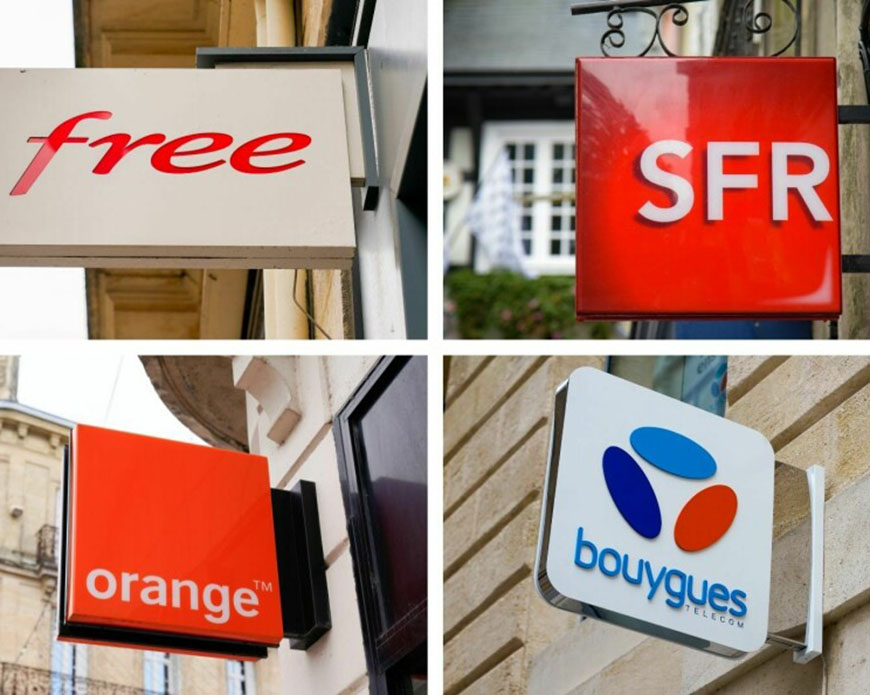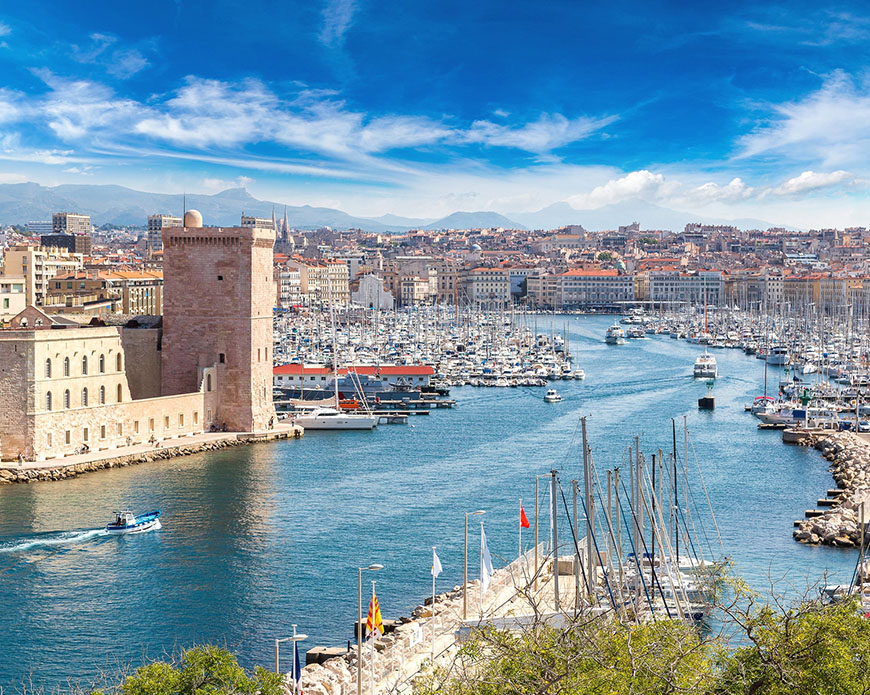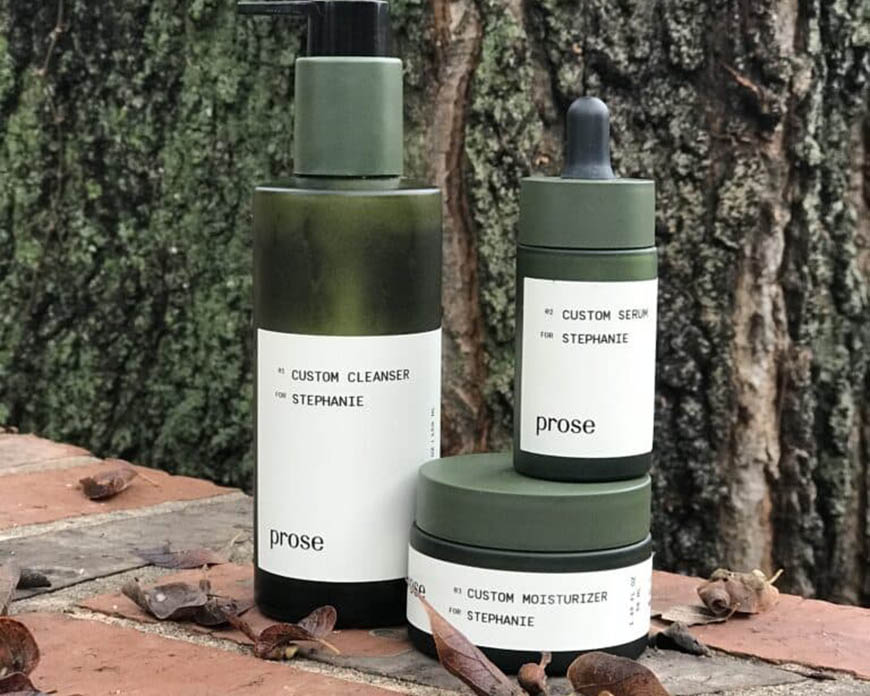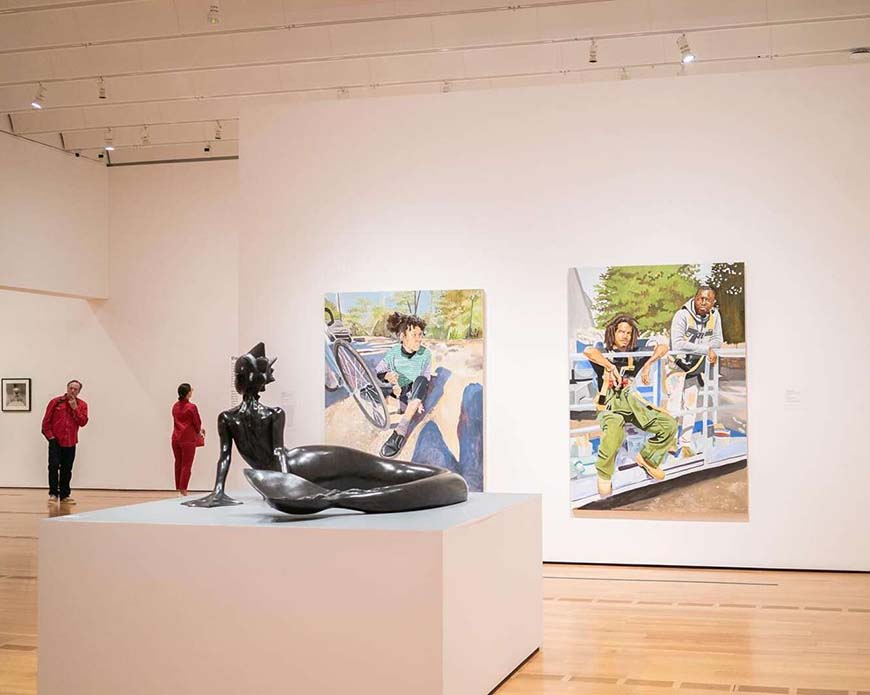Marseille, the vibrant port city of southern France, is known for its stunning coastal views, historical landmarks, Mediterranean charm, and bustling markets. As France’s second-largest city, it offers travelers a diverse range of experiences, from exploring ancient forts and cathedrals to basking in the beauty of nearby calanques. However, traveling to a city like Marseille requires careful planning and preparation to make the most of your trip. This guide will cover everything you need to know, from what to pack to how to prepare for your visit to this beautiful city.
Weather and Seasons in Marseille
Before you start packing, it’s essential to know what to expect in terms of weather in Marseille. The city enjoys a Mediterranean climate, which means hot summers, mild winters, and plenty of sunshine throughout the year.
- Spring (March to May): Temperatures range between 12°C (54°F) and 20°C (68°F). It’s pleasant and cool, with occasional rain showers.
- Summer (June to August): Summers are hot, with temperatures often reaching up to 30°C (86°F) or more. Expect plenty of sunshine and minimal rainfall.
- Autumn (September to November): Temperatures cool down, ranging from 15°C (59°F) to 25°C (77°F), and occasional rain is more common.
- Winter (December to February): Winters in Marseille are mild compared to other parts of Europe, with temperatures rarely dropping below 5°C (41°F). It’s a good time for travelers who prefer fewer crowds.
Packing Essentials for Marseille
1. Clothing
The key to packing for Marseille is to stay versatile and comfortable. Whether you’re visiting in summer or winter, it’s important to be prepared for the city’s changing weather patterns.
- Light and Breathable Clothes (for Summer): If you’re visiting during the summer months, pack light, airy clothing such as cotton dresses, T-shirts, and shorts. Marseille can get quite hot, so staying cool is essential.
- Layers for Cooler Months: In spring or autumn, pack layers that can be easily added or removed depending on the weather. A light sweater, jacket, or cardigan will serve you well during the cooler mornings and evenings.
- Comfortable Shoes: Exploring Marseille means walking through historical sites, cobbled streets, and along the seafront. Comfortable walking shoes or sneakers are a must. For beach days or coastal walks, consider bringing sandals or flip-flops.
- Swimwear: If you’re visiting Marseille in the summer, don’t forget your swimwear. The beaches and calanques are stunning, and you’ll want to take a dip in the Mediterranean.
- Scarf or Light Shawl: For cooler evenings or visits to religious sites like the Basilique Notre-Dame de la Garde, where you may need to cover your shoulders, a scarf can come in handy.
2. Accessories
- Sunglasses and Sun Hat: Marseille boasts plenty of sunshine, so bring sunglasses and a wide-brimmed hat to protect yourself from the strong Mediterranean sun.

- Reusable Water Bottle: Stay hydrated while exploring the city. A reusable water bottle will not only help you save money, but it’s also more eco-friendly.
- Daypack or Backpack: A small, secure daypack is great for carrying essentials like your camera, map, water, and snacks while walking around the city.
3. Toiletries and Sun Protection
- Sunscreen: The Mediterranean sun can be intense, especially in summer, so be sure to pack a high-SPF sunscreen to protect your skin.
- Moisturizer and Lip Balm: The coastal air can sometimes dry out your skin, so pack a good moisturizer and lip balm to stay hydrated.
- Insect Repellent: While Marseille doesn’t have a major insect problem, it’s always a good idea to bring a small bottle of insect repellent, especially if you’re planning to visit the calanques or parks.
Preparing for the Trip
1. Currency Exchange
France uses the Euro (€), so if you’re coming from a country that uses a different currency, be sure to exchange some money before arriving. Most places in Marseille accept credit cards, but it’s always a good idea to have some cash on hand for smaller purchases, local markets, or transportation. There are plenty of ATMs throughout the city, but check with your bank to avoid high withdrawal fees.
2. Getting a Local SIM Card
Staying connected while in Marseille is important, especially if you plan on using navigation apps or keeping in touch with family and friends. You can buy a local SIM card at the airport, major phone retailers, or even some supermarkets. Providers like Orange, SFR, and Bouygues offer prepaid SIM cards with data options tailored for travelers. Be sure to bring an unlocked phone to avoid any complications.

3. Language and Local Etiquette
While many locals in Marseille speak English, especially in tourist areas, French is the official language. Learning a few basic French phrases will go a long way in enhancing your experience and interactions with locals. Common phrases like “Bonjour” (Hello), “Merci” (Thank you), and “S’il vous plaît” (Please) are appreciated.
When it comes to etiquette, it’s essential to be respectful of French customs. Here are a few things to keep in mind:
- Greetings: Always greet people with “Bonjour” when entering shops or restaurants. It’s considered rude not to acknowledge others, especially in smaller, local establishments.
- Dining Etiquette: French meals are meant to be savored, so take your time and enjoy the dining experience. Tipping is not obligatory in France, as service is usually included, but leaving a small amount for excellent service is always appreciated.
- Personal Space: The French value personal space, so be mindful of standing too close to others, especially when in queues or public transportation.
My Experience with Local Etiquette
During my time in Marseille, I had an interesting encounter at a local market. I wandered into Marché des Capucins, a bustling, lively market in the heart of the city. Noticing the beautiful array of fresh produce, I instinctively reached out to pick up some peaches without asking. Immediately, the vendor gave me a polite but firm reminder that in France, it’s customary to ask before handling the goods. This small incident taught me an important lesson in local etiquette, and from that point on, I made sure to always ask before touching any items in the market.
Top Attractions in Marseille
1. Basilique Notre-Dame de la Garde
One of Marseille’s most iconic landmarks, this basilica sits atop a hill overlooking the city and the Mediterranean. The panoramic views from the top are breathtaking. To reach the basilica, you can take a bus (line 60) from the Old Port or opt for a scenic walk uphill if you’re feeling adventurous.
- Project: Climb to the top and take in the spectacular views of the entire city. Inside, marvel at the ornate design and religious artifacts.
- Note: Be prepared for a bit of a climb, as the basilica sits on a hill, and don’t forget your camera!
2. The Old Port (Vieux-Port)
The beating heart of Marseille, the Old Port is a great place to soak up the city’s maritime history. Stroll along the waterfront, watch the boats sail in and out, and explore the local cafes.
- Project: Visit the daily fish market in the morning, and enjoy fresh seafood at one of the portside restaurants.
- Note: It’s a busy area, so be mindful of your belongings.
3. Parc National des Calanques
For nature lovers, this national park offers rugged cliffs, crystal-clear waters, and stunning hiking trails. It’s a must-visit for anyone looking to escape the city and experience the natural beauty of Marseille.

- Project: Take a boat tour or hike through the calanques for unforgettable coastal views and a refreshing swim.
- Note: Some areas can be difficult to access, so bring sturdy shoes and plenty of water.
4. Le Panier District
Marseille’s oldest neighborhood, Le Panier is a charming area full of narrow streets, colorful buildings, and artisanal shops. It’s the perfect place to wander and discover hidden gems.
- Project: Explore the local art galleries, boutiques, and street art that adorns the district.
- Note: The streets can be steep, so wear comfortable shoes.
Street Food and Safety Tips
Marseille has a rich food culture, and one of the best ways to experience it is through its street food. The city is famous for panisse (chickpea fries), navettes (orange-flavored biscuits), and fresh seafood. However, when buying street food, always check for cleanliness and look for vendors with fresh ingredients and a clean setup.
Planning Your Itinerary and Budget
Marseille can be explored on any budget, but it’s important to prioritize what you want to see and do. Allocate your budget for meals, attractions, and transportation, but don’t forget to leave room for spontaneous activities like boat trips or market shopping. Booking in advance can also help you secure deals on tours and accommodation.
Travel Insurance
For peace of mind, I recommend getting travel insurance that covers medical emergencies, flight delays, and cancellations. It’s always better to be prepared, especially when traveling abroad.
Marseille is a city full of character, history, and natural beauty. With the right preparation and a well-thought-out itinerary, your visit to this Mediterranean gem will be smooth, memorable, and rewarding. Whether you’re exploring the cultural landmarks, hiking in the calanques, or indulging in local cuisine, Marseille promises an unforgettable travel experience.



